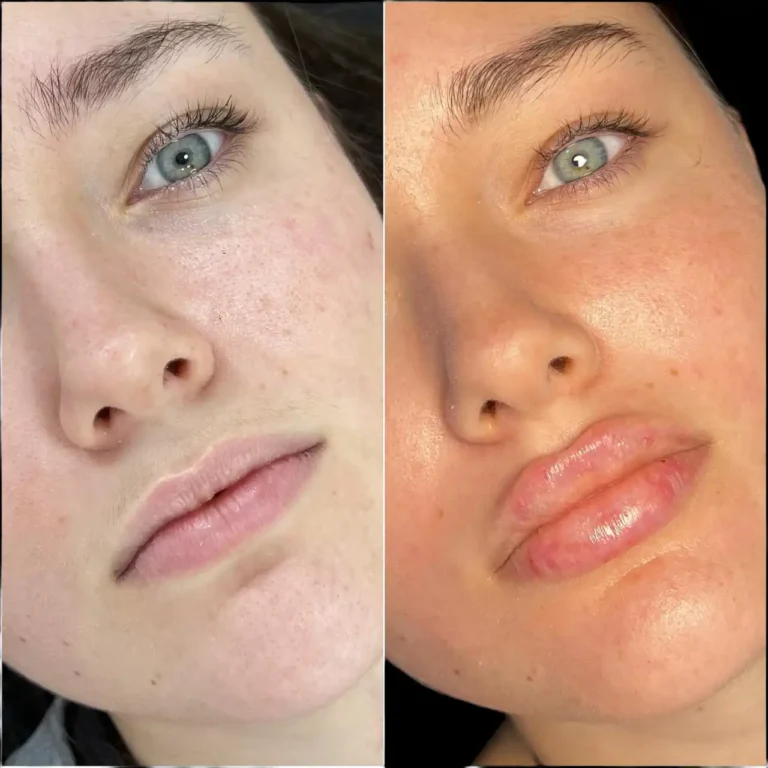Indoor air quality is often overlooked, but it can have a profound impact on your overall health and well-being. Our homes are filled with airborne toxins that are invisible yet can affect our comfort and health. From dust, pet dander, and pollen to volatile organic compounds (VOCs), mold, and smoke, these pollutants can easily accumulate in our living spaces. Fortunately, investing in the best rated home air purifier can drastically improve the quality of the air you breathe.
In this guide, we’ll explore the various toxins found indoors, how air purifiers help eliminate them, and how to choose the right purifier for your home. Let’s dive into the science of air purification and discover how an air purifier can make your home a healthier and more comfortable place to live.
Tackling Toxins Commonly Found in Kitchens
The kitchen, where cooking and cleaning take place, is one of the most polluted areas in the house. Everyday activities like frying, baking, and grilling release various pollutants, including smoke, grease particles, and volatile organic compounds (VOCs), into the air. These toxins can linger and contaminate your home’s air, potentially causing respiratory problems or simply making the environment uncomfortable.
Common airborne toxins in kitchens include:
- Cooking fumes and smoke: These particles are released from food preparation and can include fine soot, grease, and even carcinogenic compounds like acrylamide, especially when food is cooked at high temperatures.
- VOCs: Cooking oils, cleaning products, and sprays often emit VOCs, which can irritate the lungs and lead to long-term health issues like headaches or nausea.
- Odors: Cooking odors from spices, burnt food, or cleaning products can linger in the air and negatively affect your indoor environment.
To tackle these kitchen toxins effectively, look for an air purifier equipped with both a HEPA filter and an activated carbon filter. HEPA filters capture airborne particles like dust, smoke, and grease, while activated carbon filters absorb and neutralize gases and odors, keeping the kitchen fresh and clean.The AirDoctor UltraHEPA air purifiers are one of the best rated home air purifiers for kitchens, thanks to its powerful UltraHEPA filtration that can remove up to 99.99% of airborne particles. This makes it an excellent choice for combating cooking fumes, smoke, and even the smallest VOCs found in the kitchen.
Cleaning Airborne Toxins in Bedrooms
Your bedroom should be your sanctuary—a place to relax and rest. However, it can also be a breeding ground for airborne pollutants that can impact your sleep quality and health. Dust, pet dander, pollen, and even mold spores can accumulate in bedrooms, triggering allergies, asthma attacks, or worsening other respiratory conditions.
Common airborne toxins in bedrooms include:
- Dust mites: These microscopic creatures thrive in warm, humid environments, and their waste particles can cause allergic reactions.
- Pet dander: If you have pets, their skin flakes and hair can easily become airborne and irritate the respiratory system.
- Pollen and mold: These allergens often enter the bedroom through open windows or air ducts, leading to discomfort, especially during allergy season.
- Formaldehyde and VOCs: Furniture, mattresses, and bedding can off-gas VOCs like formaldehyde, which can cause irritation and headaches.
A HEPA filter is essential in an air purifier for bedrooms to capture fine particles like dust, pollen, and pet dander. A carbon filter can also help reduce VOCs and other gases that might be released from furniture or cleaning products.
The AirDoctor is highly recommended as the best home air purifier for bedrooms due to its 3-stage filtration system. Its ability to capture microscopic particles, such as pet dander, and VOCs from furniture and cleaning products makes it a must-have for anyone looking to improve their bedroom’s air quality.
Cleaning Airborne Toxins in the Living Room
The living room is often the most frequented space in your home, making it a hotspot for airborne toxins. Family gatherings, pets, and even everyday activities like watching TV can contribute to indoor pollution. Dust, allergens, and VOCs can accumulate here, affecting everyone in the household.
Common airborne toxins in living rooms include:
- Dust: Dust particles can settle on surfaces and be stirred up, leading to respiratory issues.
- Pet dander: If you have pets, their dander can float in the air, exacerbating allergies and asthma.
- VOCs: Furniture, carpeting, and household products release VOCs into the air, which can contribute to headaches and dizziness.
- Mold spores: If your living room is prone to dampness, mold spores can become airborne and affect the air quality.
For the living room, an air purifier with HEPA filters is essential to capture dust and pet dander. An activated carbon filter will also help in reducing VOCs and odors.
Treating Your Home for Germs
In today’s world, air purifiers are not just for filtering out particles and allergens; they can also help in eliminating harmful germs and bacteria that are commonly found in the air. Germs like viruses, bacteria, and fungi can spread easily through the air, particularly in spaces where people gather, such as living rooms, offices, or kitchens. Many best home air purifiers are designed to go beyond standard filtration to help reduce airborne germs. For instance, AirDoctor purifier is equipped with advanced features that target germs and pathogens, providing an extra layer of protection for your home.
Conclusion
Air purifiers are a powerful tool in maintaining a healthy home environment. From tackling toxins commonly found in kitchens to cleaning airborne particles in bedrooms, and even treating your home for germs, air purifiers offer a comprehensive solution to improving indoor air quality. By understanding the toxins that typically pollute the air in different areas of your home and choosing the right air purifier, you can create a safer, healthier living space for you and your loved ones.
As you select an air purifier, make sure to consider the specific needs of your living space—whether you’re addressing cooking fumes, allergies, or germs—and invest in a model that best suits your requirements. The best rated home air purifier can help you breathe cleaner, fresher air every day, promoting better health and well-being for everyone in your home.




